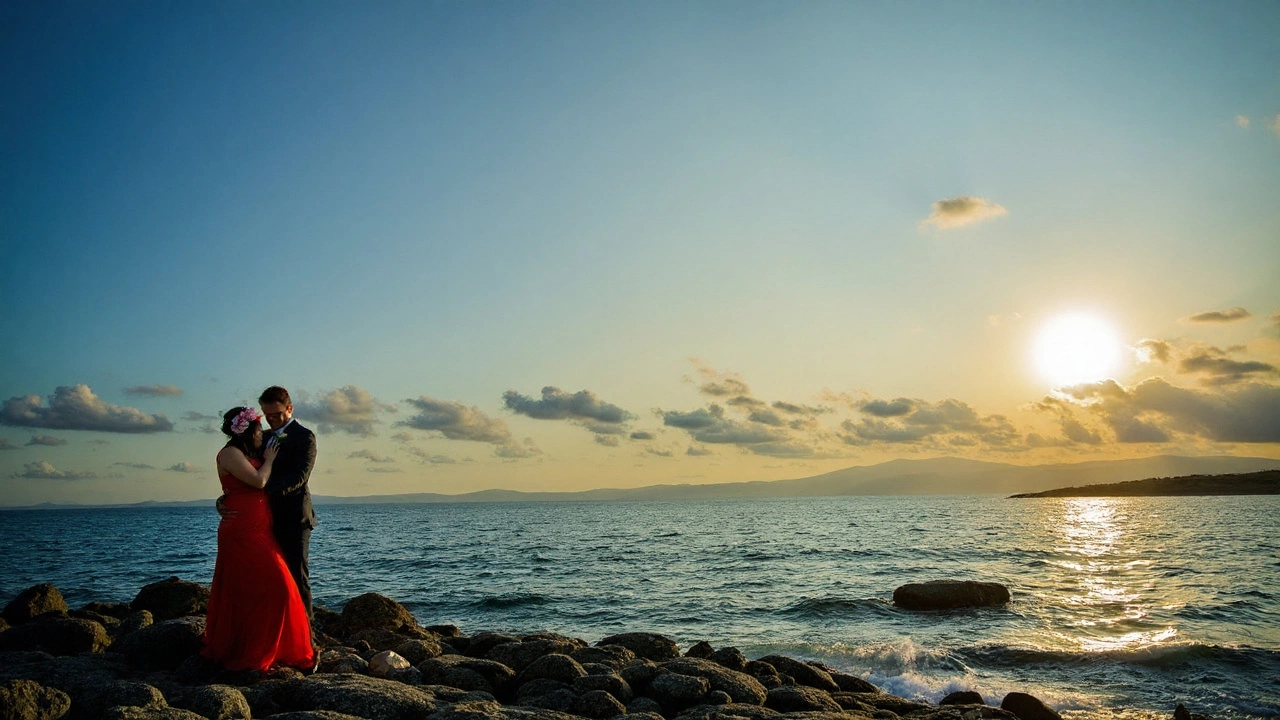AI Photo Shoot: Easy Ways to Make Amazing Pictures
Ever wondered how you could turn a plain snapshot into eye‑catching art without spending hours in Photoshop? AI can do that for you in seconds. All you need is a good idea, a smartphone or camera, and an AI tool that understands images. Below are the steps that get you from a regular click to a share‑worthy masterpiece.
Pick the Right AI Tool for Your Goal
There are dozens of AI image generators out there, but three stand out for beginners: DALL·E 3, Midjourney, and Stable Diffusion. DALL·E is great for text‑to‑image prompts and works directly in a browser. Midjourney lives on Discord and gives you fast, stylized results. Stable Diffusion lets you run the model on your own computer if you care about privacy. Choose the one that matches your comfort level and the look you want.
Craft a Prompt That Guides the AI
The secret to a good AI photo is a clear prompt. Start with the subject – “bicycle rider on a city street” – then add style cues like “golden hour lighting” or “cinematic color grading.” If you want a specific mood, include adjectives such as “mysterious” or “vibrant.” Keep it short, but don’t skip details that matter. For example: “A cyclist racing past neon signs at night, low‑angle view, shallow depth of field, 8K resolution.”
Test a few variations. Slight changes in wording can shift the composition dramatically. Save the prompts that give you the closest match, then tweak them to fine‑tune lighting, background, or color.
Combine AI with Real Photos for Credibility
AI works best when you blend it with real footage. Snap a base photo of your subject – maybe a rider on a quiet road – then feed that image into the AI as a reference. Tools like Runway let you upload a picture and ask the AI to add or replace elements: turn a cloudy sky into a dramatic sunset, or swap a plain background for a bustling cityscape. This hybrid approach keeps the authenticity of the original while giving you creative freedom.
After the AI generates a new version, use a quick edit in your phone’s photo app to align colors or sharpen details. A minute of manual tweaking can make the AI output look like it was shot by a pro.
Keep Ethical Considerations in Mind
AI can create realistic scenes, but it’s easy to cross into misleading territory. Always label AI‑enhanced images if you share them publicly, especially on platforms where authenticity matters. Respect copyright; don’t feed the AI copyrighted artwork unless you have permission. By staying transparent, you protect yourself and keep the community trustworthy.
Quick Tips for Better AI Photo Shoots
- Use high‑resolution source photos – the AI works better with clear details.
- Play with lighting descriptors; “soft morning light” vs. “harsh noon sun” yields very different results.
- Limit the number of subjects in the prompt to avoid clutter.
- Save your favorite prompts in a simple text file – you’ll reuse them often.
- Experiment with negative prompts – tell the AI what you don’t want, like “no watermarks” or “no text.”
AI photo shoots aren’t a magic trick; they’re a partnership between your eye and the algorithm. Start with a clear idea, pick a friendly tool, and let the AI fill in the details. In a few minutes you’ll have images that look like they belong on a magazine cover, and you won’t need a pricey studio. Give it a try on your next ride, outing, or product shoot – the results might just surprise you.
Google’s Gemini is reshaping pre-wedding shoots by helping couples and photographers plan concepts, moods, and shot lists fast. This feature breaks down how to write effective prompts and offers 10 free, location-rich ideas—from royal forts to lakeside chapels. Practical shooting notes, styling cues, and ethical tips make the AI-powered planning process clear and useful.
Continue reading...
